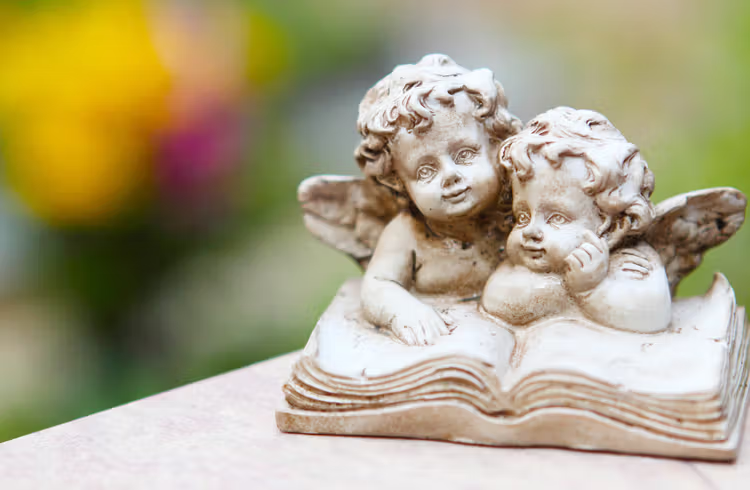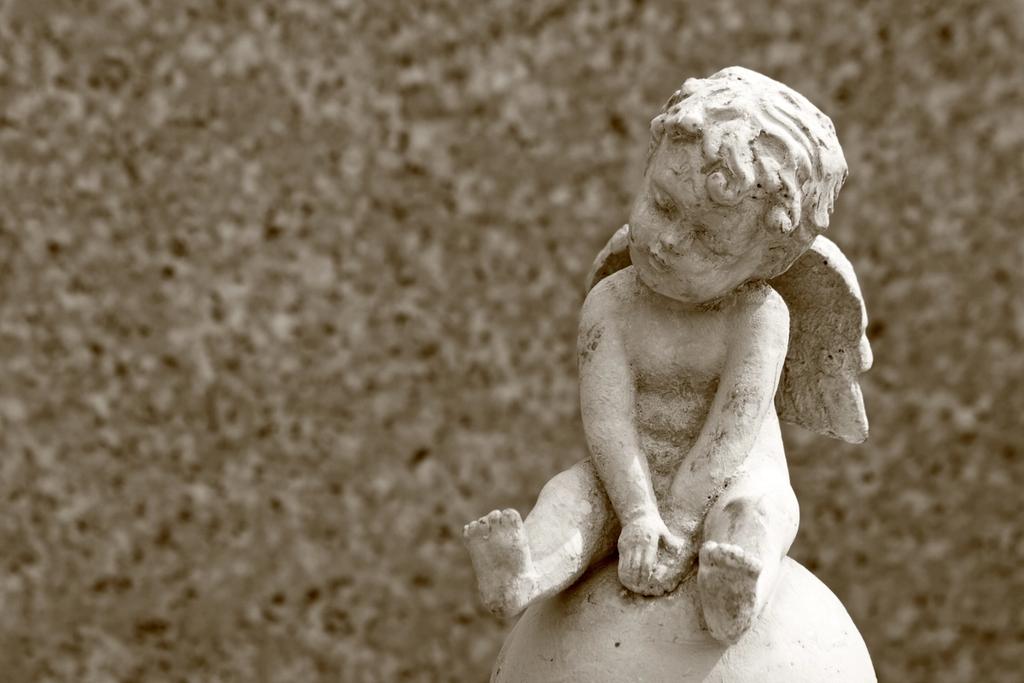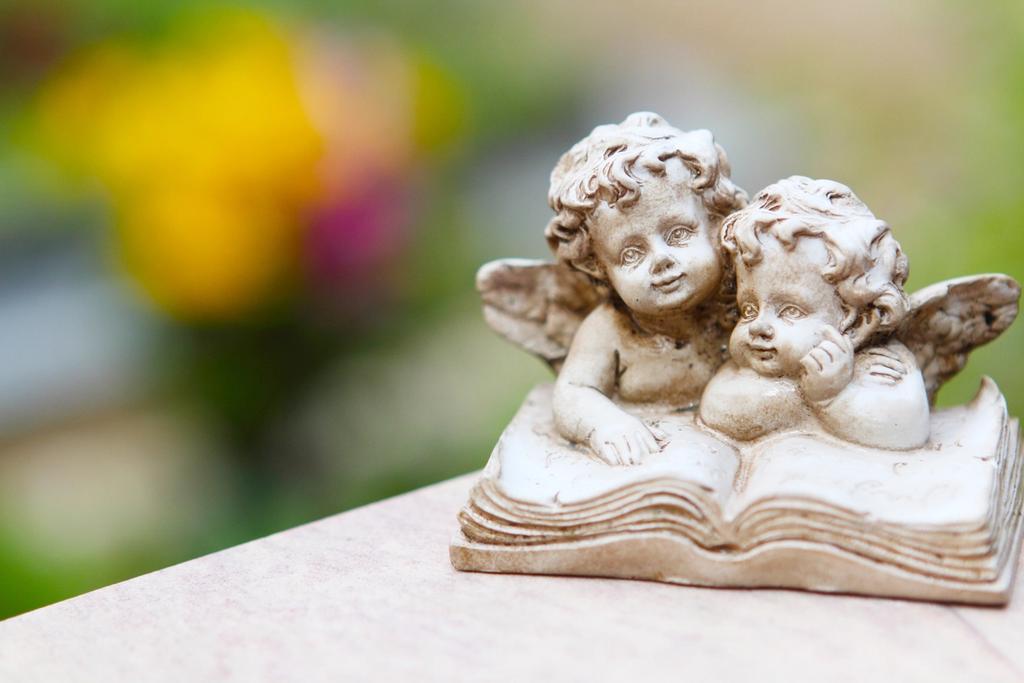Buddhist Funeral Traditions
Buddhists commonly believe that life and death are a part of a cycle known as samsara, in which one’s actions in this and all previous incarnations of life lead to further reincarnation.

While there are a number of different denominations within Buddhism, Buddhists commonly believe that life and death are a part of a cycle known as samsara, in which one’s actions in this life and all previous incarnations of life lead to further reincarnation. The ultimate goal for many Buddhists is to free oneself from all desires and all notions of self. In doing so, one liberates oneself from samsara (the cycle of death and rebirth), at which point one will attain enlightenment and reach the state of nirvana.
When Death Is Imminent
When a Buddhist is approaching death, close friends and family members should sit with the dying person and help him or her feel calm and peaceful. Death is a natural and inevitable part of the lifecycle, and the dying person should be made to accept this reality. Friends and family should help the dying person reflect on his or her good deeds in this life, and the power those good deeds will have over his or her next incarnation. A small statue of the Buddha may be placed by the head of the dying person and “parittas,” or protective verses, may be chanted. More generally, the dying person should be made as comfortable as possible before death occurs.
After Death Has Occurred
According to the Last Rites of Amitabha, the body of the deceased should not be touched, disturbed, or moved in any way because they believe the soul doesn't leave the body immediately after breathing stops.
Preparing The Body
The body must be completely cold until it can be washed and prepared for burial or cremation. The deceased should not be dressed in fancy clothes, but rather in the everyday clothes that he or she would normally wear.
Organ Donation/Donation To Medical Research
Organ donation and donating the body to medical research are both acceptable in the Buddhist faith.
Embalming
Embalming is acceptable in Buddhism.
To learn more about this topic see our article: Embalming
Cremation
Cremation is acceptable in Buddhism. If the body is to be cremated, monks may be present at the crematorium and lead chanting. If no monks are present, family members may lead chanting. Cremated remains may be collected by the family the following day, and may be kept by the family, enshrined in a columbarium or urn garden, or scattered at sea.
To learn about cremation and burial see our articles: Cremation | Burial
When To Hold A Buddhist Funeral
Religious memorial services are traditionally held on the third, seventh, forty-ninth, and one-hundredth day after the death, though these days can be flexible if they don’t fit into the family’s schedule. The services may be held at a family home or at a monastery, and the family may choose to limit the participation to only family members or may invite the larger community to participate. “Dana” is performed, which is an act that purifies the mind of the giver and allows for blessings to be given to the Sangha (roughly translated as “community,” and one of the Three Jewels) and subsequently transferred to the deceased.
Viewing, Wake, Or Visitation Before A Buddhist Funeral
If there will be a wake, the room in which the body rests should be calm and peaceful. The body should lie in a simple casket and should be dressed in simple, everyday clothes. The casket should be open for the duration of the wake. An altar may be placed near the casket and may feature an image of the deceased, an image of the Buddha, candles, flowers, fruit, and incense. Chanting may take place during the wake, and may be performed by monks, laypeople, or may be pre-recorded and played at the wake. However, any chanting must be for practical reasons, such as to aid in the contemplation of the impermanence of life, rather than for mere tradition. Local, fraternal, military, or civil rites or traditions may be performed at the wake, so long as they do not conflict with the Buddhist Precepts (murder, stealing, sexual misconduct, lying, and intoxication). The wake may last for as long as the family wishes.
On the morning of the burial or cremation, monks should be invited to perform the last rite, chanting which includes “going for refuge” of the Three Jewels (“I take refuge in the Buddha. I take refuge in the Dharma. I take refuge in the Sangha.”) and the Precepts. The monks will then chant contemplative verses. After the ceremony, the casket is sealed and brought to the funeral hall or to the crematorium. Family members and mourners may carry the casket to the hearse or transportation vehicle, and should follow behind the vehicle in a procession.
To learn more about this topic see our article: Viewings, Wakes, and Visitations
Dress Code At A Buddhist Funeral
Mourners should wear white rather than black clothing to symbolize their grief and seriousness.
The Buddhist Funeral Service
The funeral may take the form of a funeral service before burial, a funeral service before cremation, or a memorial service after cremation. In all funeral variations, the service and surrounding events should be simple, solemn, and dignified. The funeral is not an appropriate time to display wealth nor should grief be expressed through a display of wealth.
For the funeral or memorial service, the casket or cremated remains should be placed at the front of the room with an altar placed nearby. As at the wake, the altar may feature an image of the deceased, an image of the Buddha, candles, flowers, fruit, and incense. Any flowers or wreaths given to the family of the deceased by mourners may also be displayed. When entering the space, mourners should approach the altar, bow with their hands pressed together in a pose of prayer, and reflect at the altar for a moment. Then they may sit.
Eulogies And Tributes At A Buddhist Funeral
Monks may be invited to perform Buddhist rites and deliver sermons. Mourners and members of the Buddhist community may also preside over the service and deliver sermons or eulogies. During prayer or the delivery of a sermon, head coverings should be removed. Chanting may be led by monks or laypeople, or may be pre-recorded and played at the service. Mourners should join in the chanting or sit silently. Generally, no one in the space should be sitting higher than the monks and all present should stand when the monks stand. At the end of the service, if the body is to be interred for cremated, family members and mourners may carry the casket to the hearse or transportation vehicle, and should follow behind the vehicle in a procession.
To learn more about this topic see our article: Eulogies, Tributes, and Other Speeches
Interment
If the body is to be buried, monks may be present at the gravesite and lead chanting. If no monks are present, family members may lead chanting. Then the casket should be placed into the grave.
If you are planning or attending a graveside service see our articles: Graveside Services | Graveside Service Etiquette
- How To Express Sympathy: What To Say And What...We’ve compiled a list of things to say—and things to avoid saying—when...Read more
- A Quick Overview Of Proper Funeral EtiquetteFunerals are emotionally complex, and knowing how to act can present a...Read more
- Paying Final Bills, Dues, And Estate ExpensesIn order to settle the estate, all outstanding bills and dues that the...Read more
- Funeral Pre-Planning Cheat SheetPlan now, rest later.Read more



